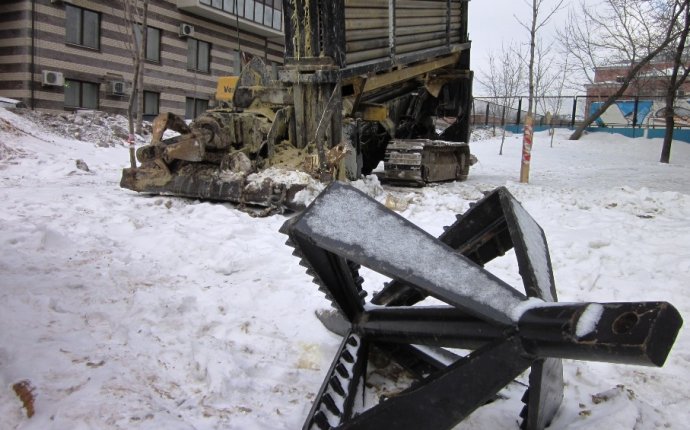
Carbon Shell
 The cab shall be permitted for a single armoured cab with a voltage of up to 10 kV with a lead or aluminium casing on open areas, cable tracks removed from underground engineering structures. In urban power grids and industrial areas, sub-ground communication and intersections with engineering facilities, cables are prohibited.
The cab shall be permitted for a single armoured cab with a voltage of up to 10 kV with a lead or aluminium casing on open areas, cable tracks removed from underground engineering structures. In urban power grids and industrial areas, sub-ground communication and intersections with engineering facilities, cables are prohibited.
In the case of a rabid cable, the depth of 1-1, 2 m from the ground level shall be laid. There is no need for beds, small-scale land attachments and mechanical protection of cables, which reduces work capacity between 7 and 8 times as compared to the open tranche. The cables shall be filled with a ground cut by a knife of the cable when moving.
The shell shall be carried out with self-propelled or moving traction machines of the shell cable (Figure 1), which shall ensure the possibility of laying in all categories of groundwater, passage of the marshes, ovrags and non-broad water obstacles. The drum with the cable shall be placed on the cable.
Separate cable from the drum manually during the laying process, depending on the speed of movement of the mechanism, so that the cable before the entrance and cassette of the cable is not pulled and has some weakness. In order to avoid damage to the cable, the cable holder shall move smoothly through the tracce without sharp edges and brakes.
Rhys. 1. Cable cabling: 1 tractor type. T-100 M; 2 - T-100 MEG tractor, 3 - Cable type C-150; 4 - Cable entry flights, 5 drums; 6 - TC 5 cable transporter; 7 - knife; 8 - cables; 9 - cable
When the action plan is laid, the cable in the ground shall be controlled every 20 to 50 m. The deviation of the cab depth from the project is allowed within +-50 mm.









